You’ve probably wondered at some point whether your feline friend actually loves you. Maybe they’ve walked away mid-pet, ignored you when you called their name, or given you that infamous slow blink you couldn’t quite decipher. Here’s the thing: cats absolutely do love their owners, but they express it in ways that are wildly different from dogs or even from what we humans might expect.
Research from Oregon State University shows that cats form attachments to their owners similar to the ways dogs and even babies do. Approximately 64 percent of cats were found to be securely attached to their owners. Your cat isn’t indifferent. They’re just speaking a different language. Once you understand the subtle, sometimes quirky ways they communicate affection, you’ll realize you’ve been receiving love notes all along. Let’s dive into the unexpected signals your cat uses to say “I love you.”
The Slow Blink: Your Cat’s Secret Kiss
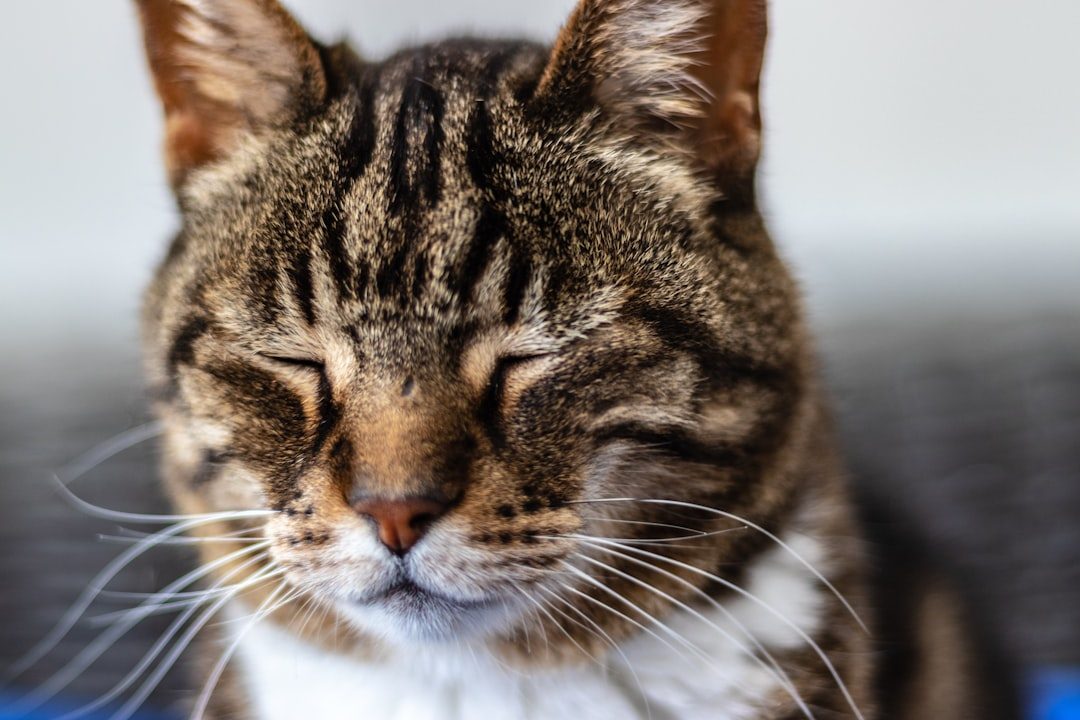
When your cat stares at you and slowly closes their eyes, they’re doing something remarkably intimate. A slow blink is a cat’s way of showing you that they trust you and feel safe with you. Think about it: in the wild, closing your eyes around another creature makes you vulnerable to attack. By slow blinking at you, your cat is essentially saying they feel so secure in your presence that they’re willing to let their guard down completely.
Studies show evidence that cats perceive human slow blinking in a positive way and it can be used as a method of cat-owner communication. You can actually return this gesture by slowly blinking back at your cat. It’s like having a secret conversation that strengthens the bond between you. Honestly, it’s one of the most beautiful forms of non-verbal communication you can share with your feline companion.
Following You From Room to Room Isn’t Stalking, It’s Love
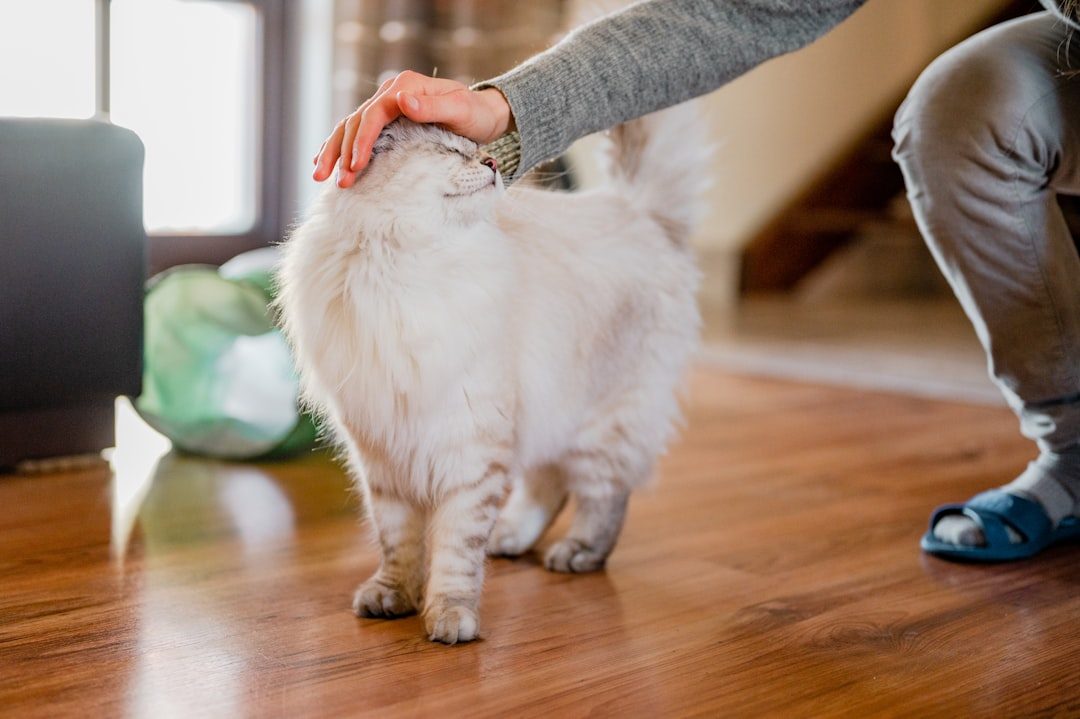
Does your cat shadow you everywhere, even into the bathroom? That’s not clinginess or boredom. If your cat follows you from room to room, it’s a sign that they consider you a special companion and simply enjoy being around you and watching what you’re up to. They find you interesting enough to abandon their nap just to see what you’re doing.
Some owners misinterpret this. You might notice your cat wandering around when you’re at home and take this as disinterest, but nothing could be further from the truth. Cats are more likely to explore and interact with their environment when they feel relaxed and comfortable in a person’s presence. Your presence makes them feel secure enough to be curious. So the next time your cat trails behind you like a tiny, furry detective, take it as the compliment it truly is.
Head Butting and Cheek Rubbing: Claiming You as Their Own
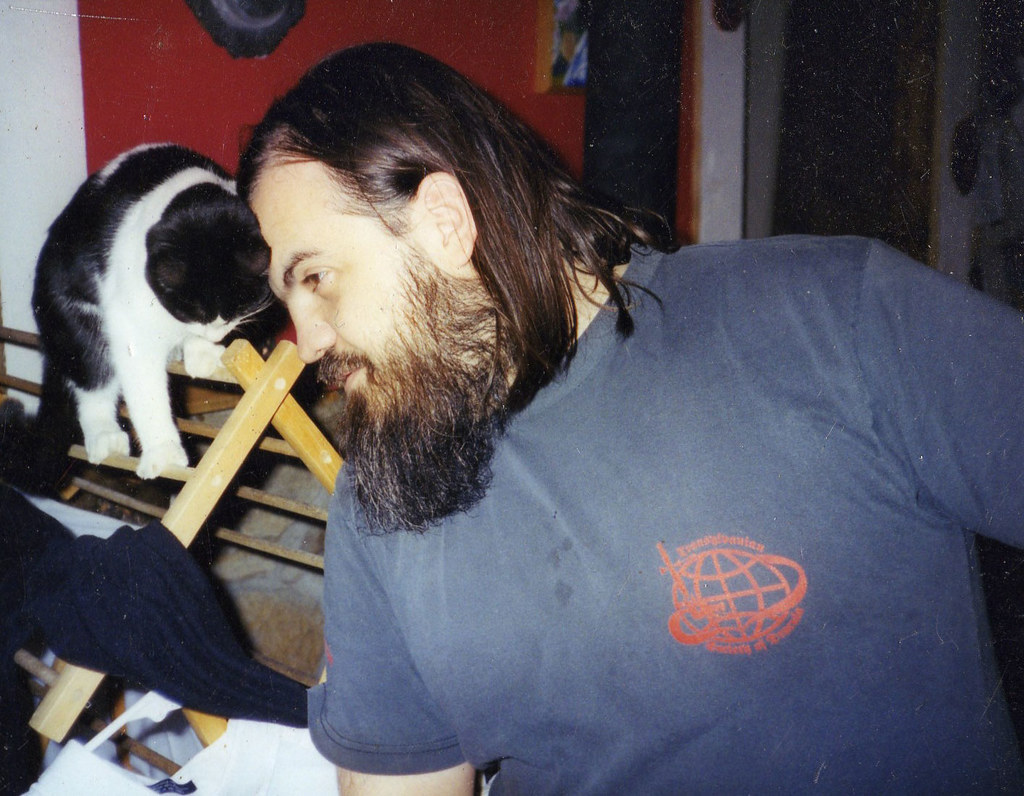
Headbutting is often an attempt to mark you with their scent to claim you as one of their own and helps cats bond. When your cat bumps their head against your leg or nuzzles your face, they’re not just being cute. They’re leaving pheromones from scent glands located on their head and cheeks, essentially telling the world that you belong to them.
When a cat rubs against you or head-butts, it’s marking you with scent glands to signal affection and ownership, and helps many cats initiate bonding. This behavior is deeply social and mirrors what cats do with other cats they trust and care about. Let’s be real: being chosen by a cat is a privilege. They’re picky creatures, and if they’re rubbing their face on you, you’ve made the cut.
That Rhythmic Kneading Means You’re Family
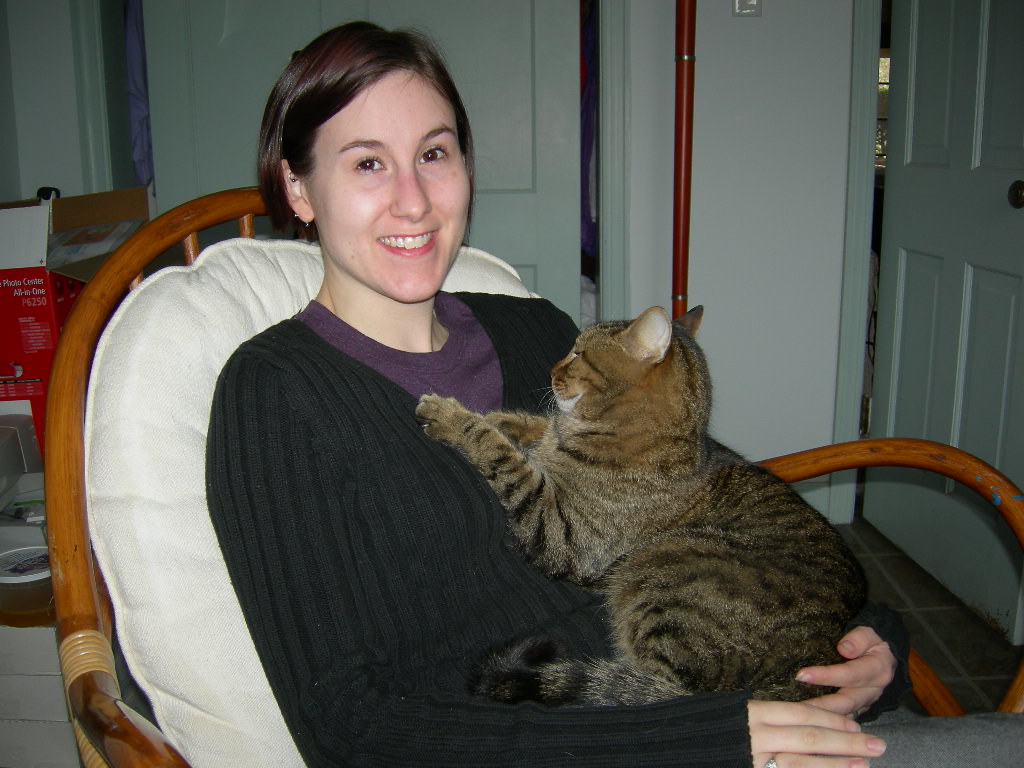
The biscuit-making motion your cat performs on your lap might seem odd, but it’s rooted in kittenhood. Kittens knead at their mothers when feeding to increase the supply of milk, and when used on owners, it’s most definitely a gesture of love. When your adult cat kneads on you, they’re associating you with the comfort and security they felt as a kitten nursing from their mother.
Kneading is believed to bring comfort by releasing endorphins to reduce stress and promote relaxation. Even if those claws dig in a bit, try to appreciate what your cat is really saying. They feel so content and safe with you that they’re reverting to one of their earliest expressions of happiness. It’s hard to say for sure, but this might be one of the purest forms of feline affection you’ll ever receive.
Exposing Their Belly Is the Ultimate Trust Fall
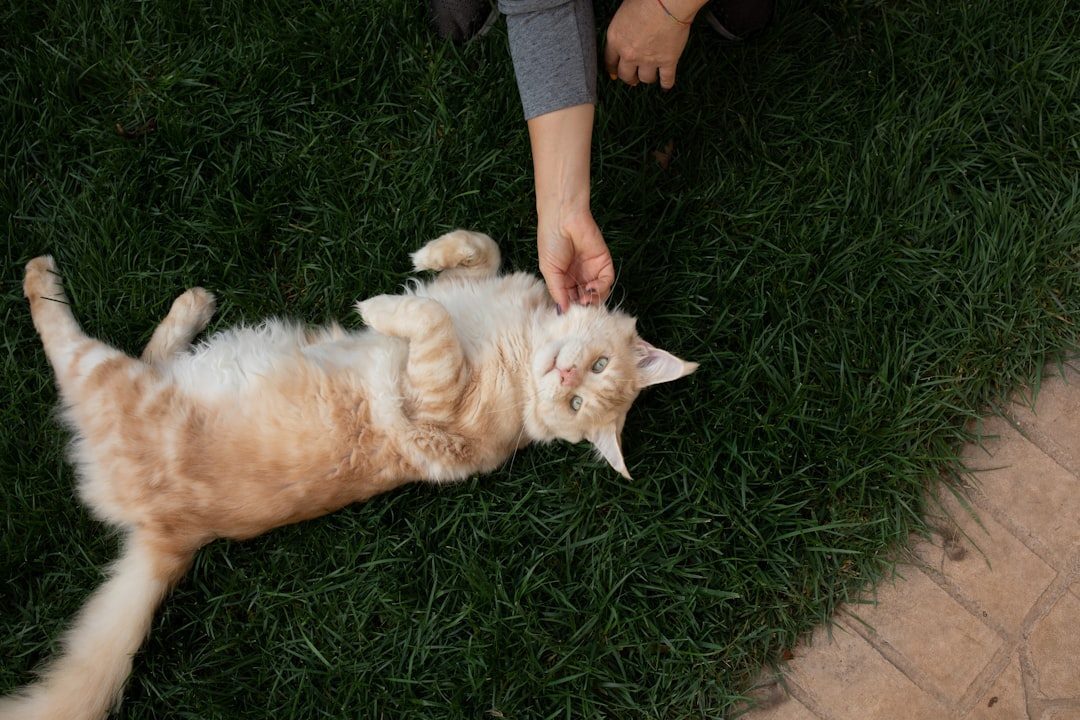
Showing their belly is often considered the ultimate sign of trust for a cat, as they only lie on their backs and show their bellies when they are in their most relaxed state. The belly is one of the most vulnerable parts of a cat’s body, containing vital organs with minimal protection. When your cat rolls over and exposes this area to you, they’re demonstrating complete trust.
Here’s the catch though: This is not an invitation to pet or rub your cat’s belly, as they are simply communicating that they feel comfortable and safe enough to reveal one of the most vulnerable parts of their body, and if you go in for the belly rub, your cat might retaliate with a bite or scratch. It’s a display of affection and trust, not necessarily an invitation for interaction. Understanding this distinction shows respect for their boundaries while still appreciating the love they’re showing you.
Purring Isn’t Just About Happiness
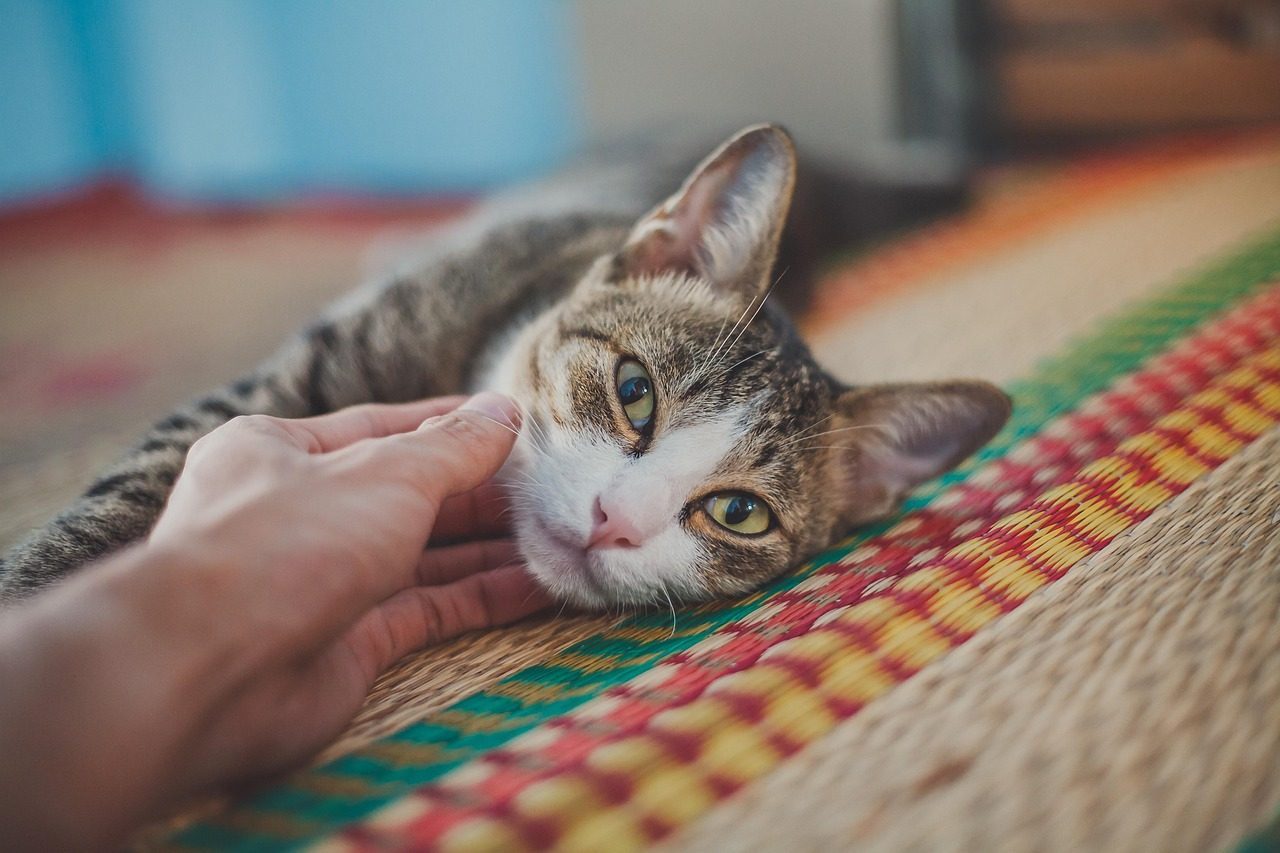
You probably already know that purring often signals contentment, but the reasons behind it run deeper. Feline behaviorists believe purring first starts as a form of communication and bonding mechanism between kittens and their mothers, and it’s also a common indicator of comfort and ease, so if your cat purrs when they are around you, there’s a good chance they feel bonded with you. It’s a sound that connects them to you on a fundamental level.
What’s really fascinating is that purring isn’t just beneficial for cats. The frequency at which cats purr has been linked to therapeutic effects in humans as well. Your cat’s purr is their way of saying “I’m happy here with you,” and that vibration you feel when they’re curled up on your chest? That’s pure, concentrated love in audio form.
Those Gentle Nips Aren’t Aggression
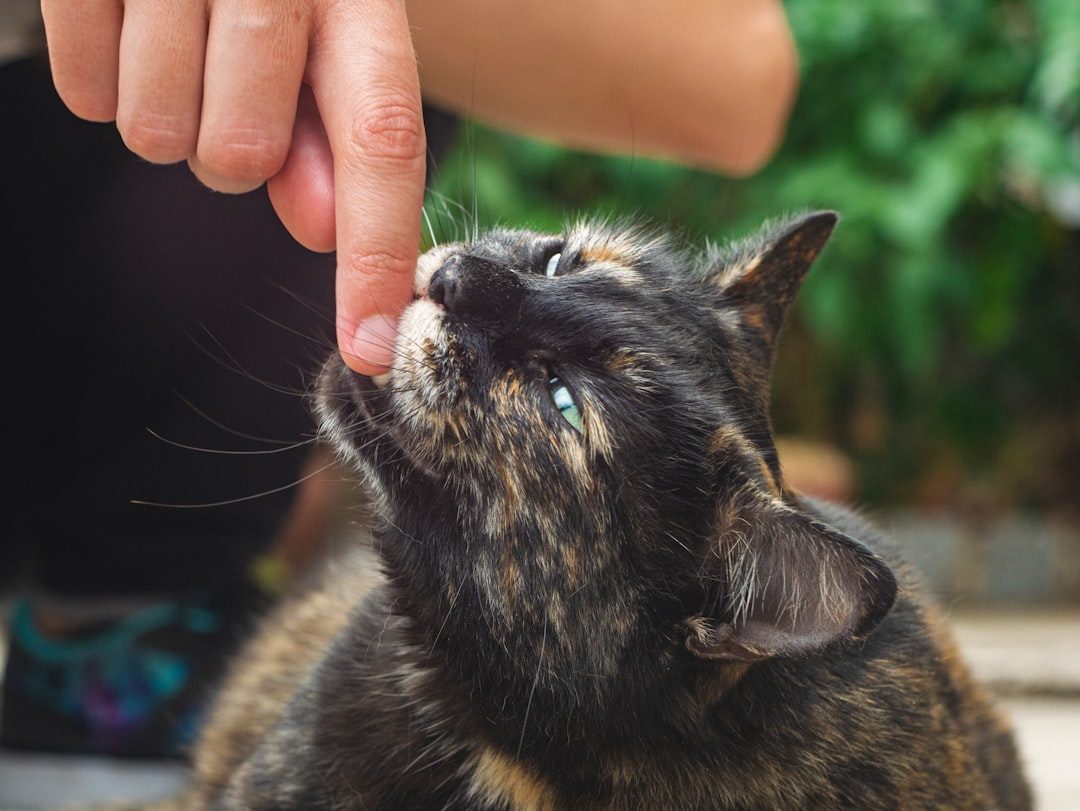
A cat’s love bites or nipping are not meant to cause pain, as these slight pinches are used while showing affection and bonded feelings. If your cat gives you a little nibble when you’re petting them, they’re not telling you to stop. Nipping is also linked to grooming behaviors, and the affection can build up and lead to a slight nip.
Think of it as your cat getting so overwhelmed with affection that they don’t quite know what to do with all those feelings. They might lick your hand and then give you a gentle bite. Licking is a way a cat shows their love for someone because they lick their humans to groom them and view you as one of their own. These little love bites are part of the grooming ritual cats share with family members. It’s their way of including you in their inner circle.
Simply Sharing Space With You Is a Declaration of Love
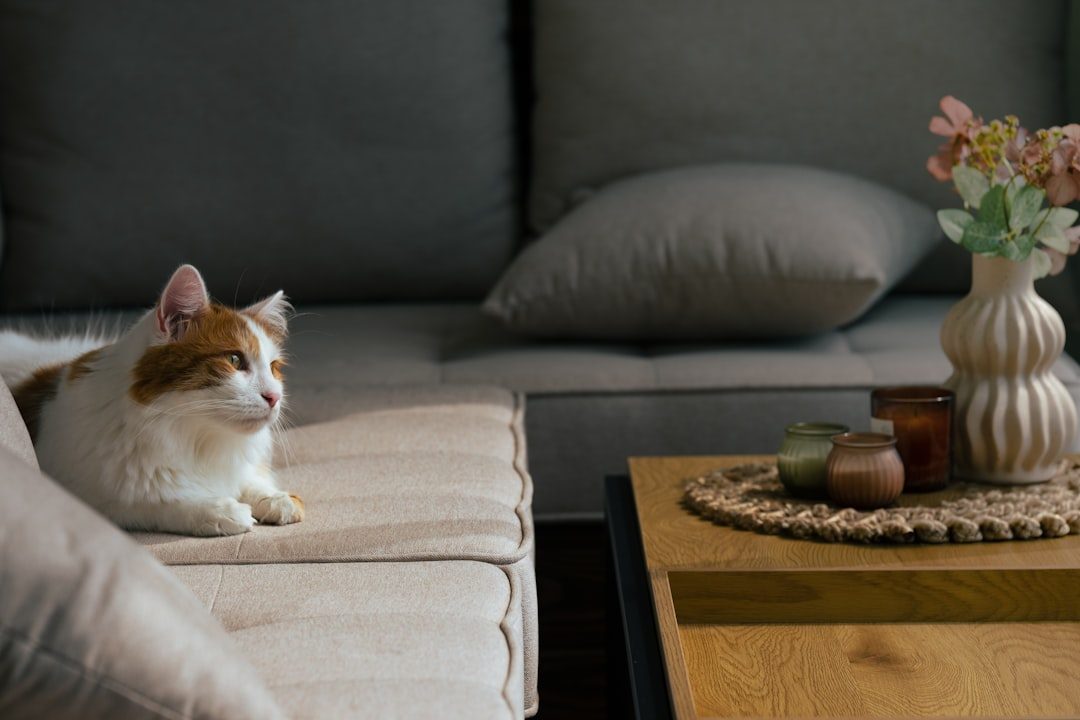
You don’t always need grand gestures to know your cat loves you. Sometimes, it’s as simple as them choosing to be in the same room as you. If your cat’s love language is quality time, they will spend a lot of time near you or in the same room as you. They might not be on your lap or even touching you, but their choice to be nearby speaks volumes.
Like most animals, cats are most vulnerable when snoozing, and as a result, they are only going to sleep where they feel most comfortable and secure. If your cat naps in your presence or curls up at the foot of your bed, they’re telling you they feel safe with you. That’s not something cats offer to just anyone. In a world where cats could sleep literally anywhere in your house, they’re choosing to be near you. What do you think about that? Tell us in the comments.





